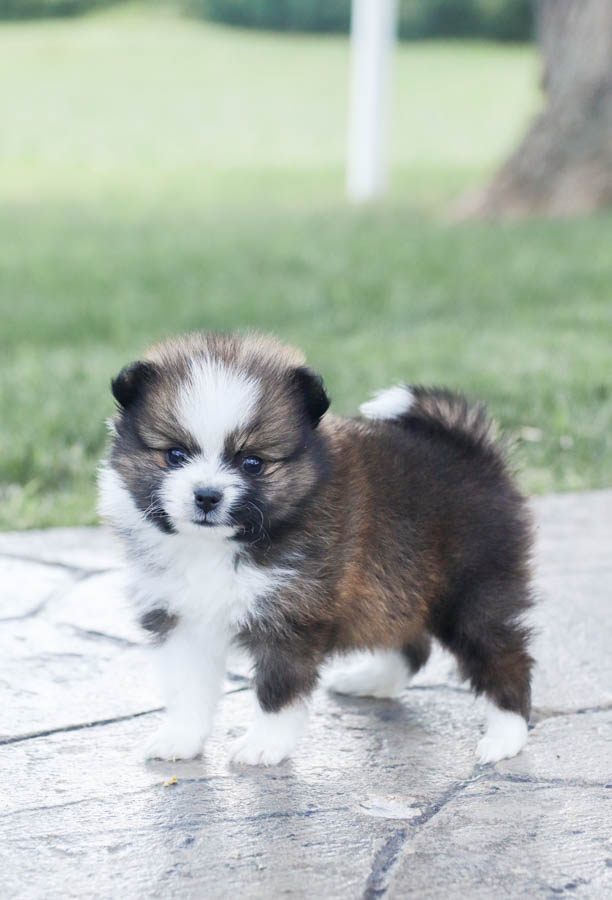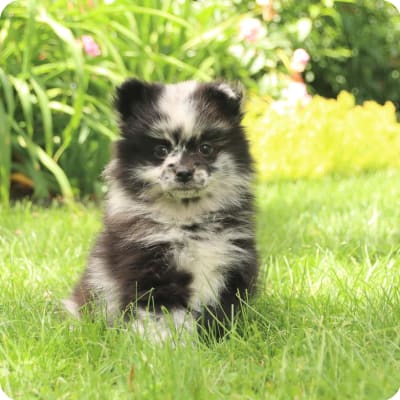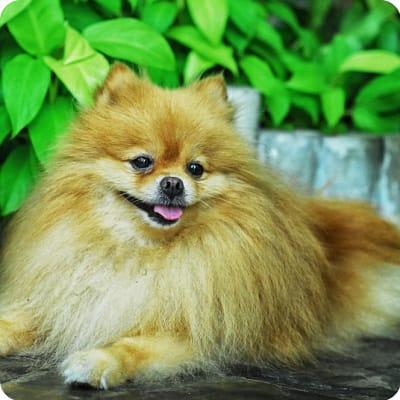Pomeranian Puppies

A playful, social, and popular family dog
The Pomeranian is one of the most famous toy breeds in the world. Popularized by European aristocracy in the 19th century, Pomeranians are known for their regal stature. What they lack in height, they make up for in personality. Pomeranians have trouble understanding their size and will sometimes challenge much larger dogs. Despite this trait, they are intelligent dogs that make good therapy dogs. They also make the perfect playmate for young families.
Pomeranian At a Glance




Pomeranian At a Glance
- Size: 9"-11", 4-8 lbs.
- Lifespan: 12-15 years
- Energy Level: high
- Coat: Straight, soft, thick double coat
- Shedding: moderate
- Hypoallergenic: No
- Dog Group: Toy
- Common Nicknames: Pom, Zwers
Pomeranian Breed Guide
Learn More About Pomeranians


